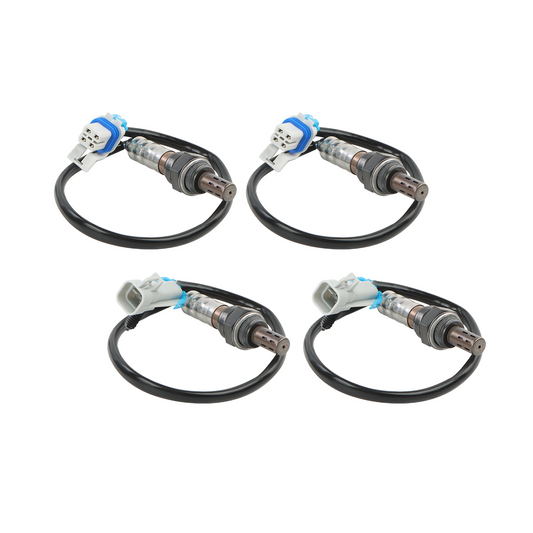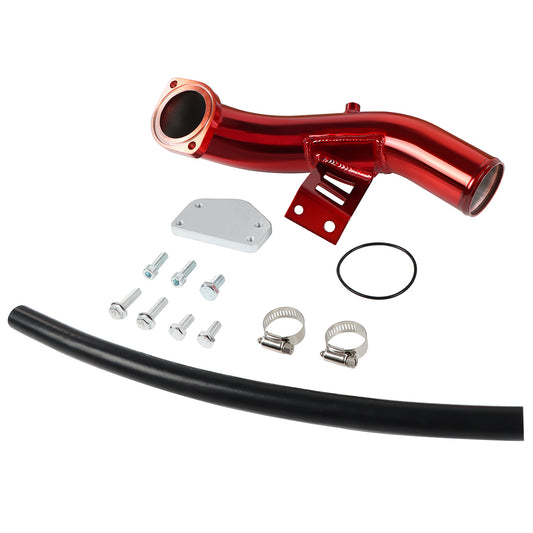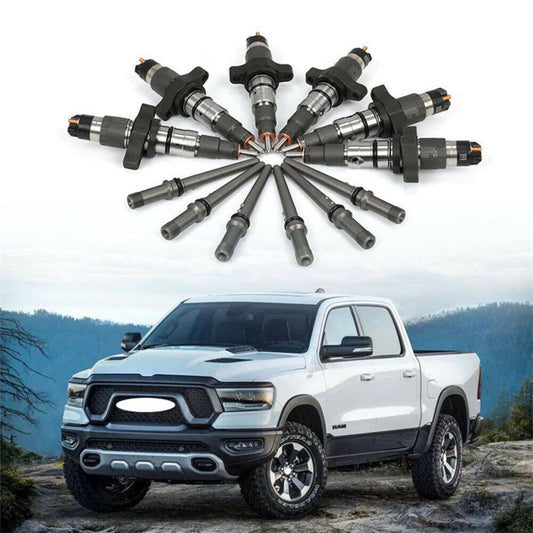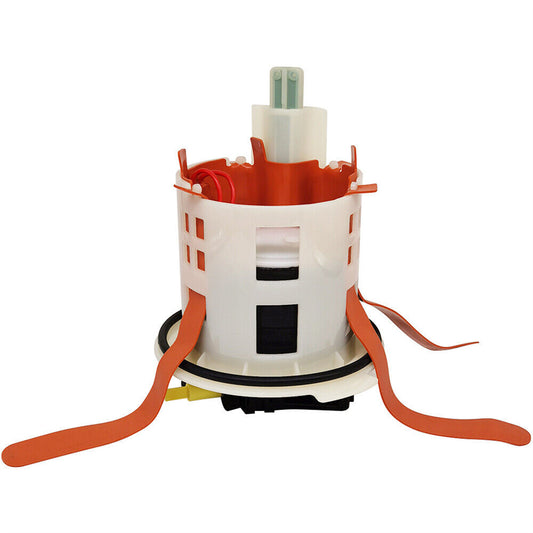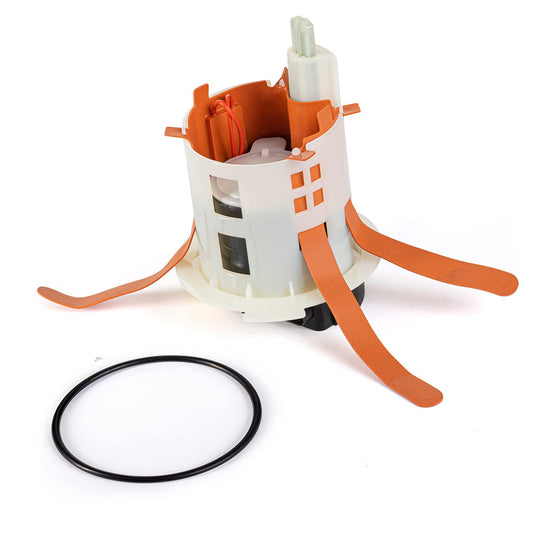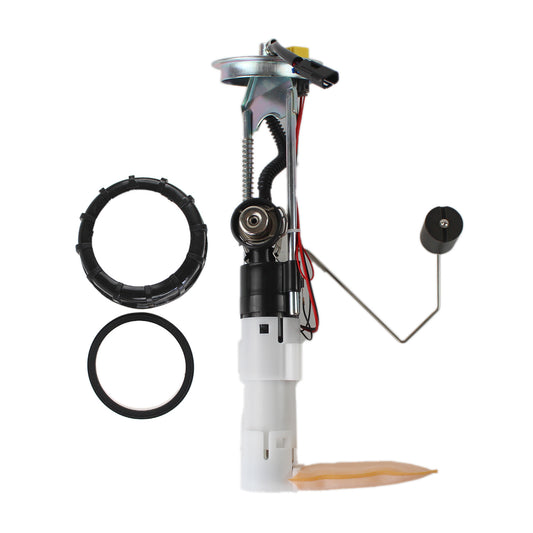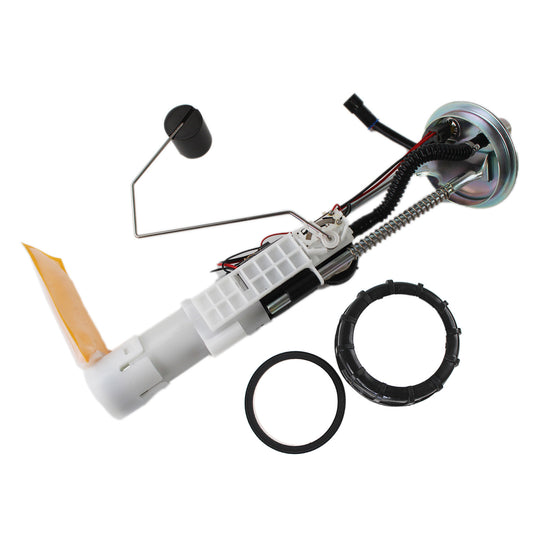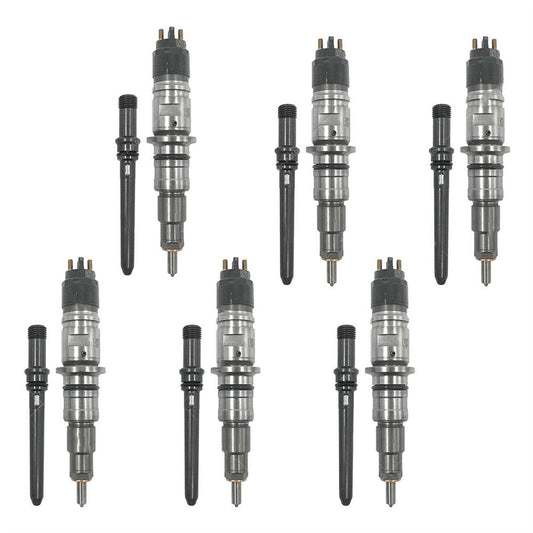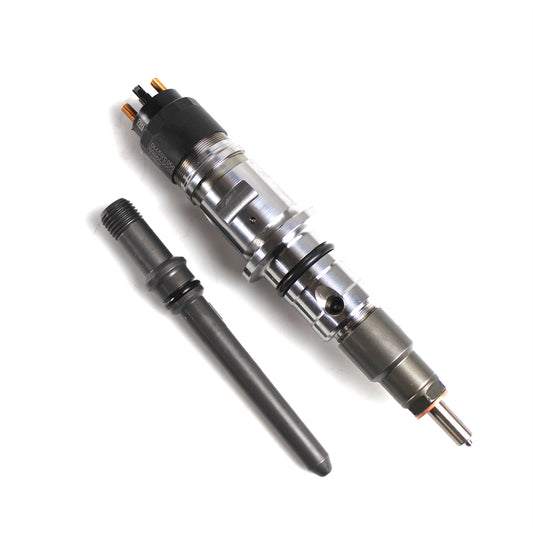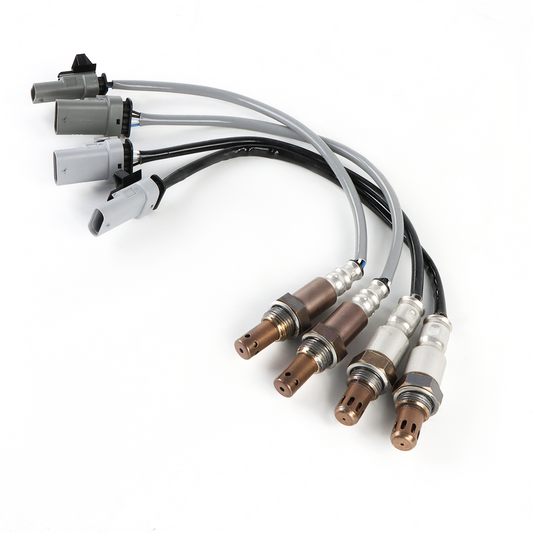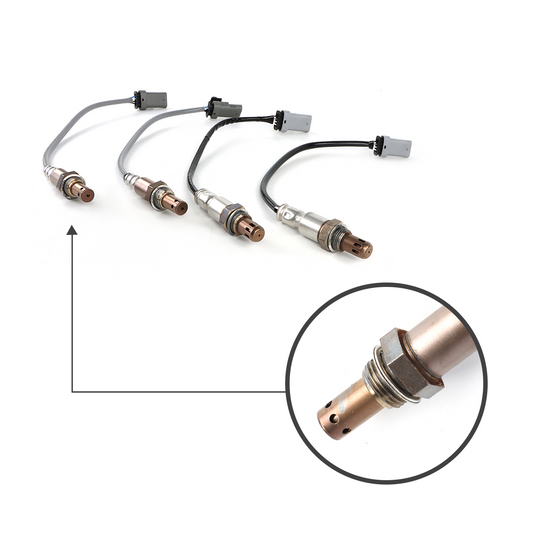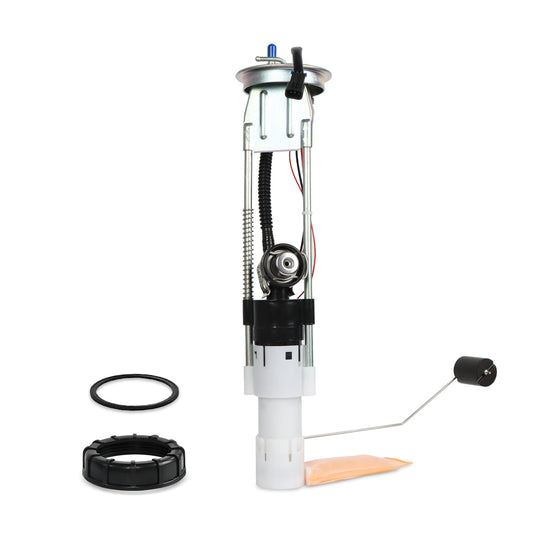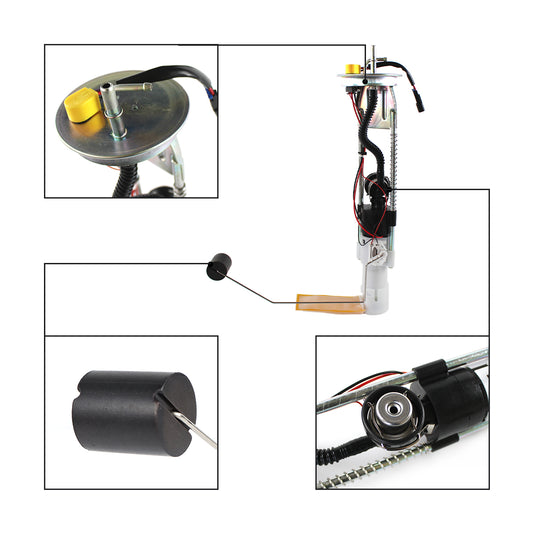What is a Rack and Pinion? Understanding the Crucial Steering Component in Modern Automotive Systems
Introduction:
Curious about what a rack and pinion actually is and how it functions within your vehicle's steering system? In this comprehensive guide, we delve into the inner workings of rack and pinion steering, a crucial component in modern automotive systems. Rack and pinion is a steering mechanism commonly used in modern vehicles to control the direction of the wheels. It consists of two main components: a rack and a pinion gear. The rack is a long, straight bar with teeth along its length, while the pinion gear is a small, round gear that engages with the rack.We'll explore its fundamental mechanics, components, advantages over other steering systems, and even common maintenance considerations. Join us as we unravel the mystery behind rack and pinion steering and discover its role in delivering precise and responsive control on the road.
The Basics of Rack and Pinion Steering:
- Defining rack and pinion steering as a mechanism responsible for controlling a vehicle's direction.
- Explaining its core components: the rack, which is a long bar with gear teeth, and the pinion gear that engages with the rack.
- Highlighting the advantages of rack and pinion steering, such as improved responsiveness and accuracy compared to older steering designs.
Rack and Pinion Steering Mechanics:
Detailing the mechanical principles behind how rack and pinion steering works.
Exploring how the rotational motion of the pinion gear converts into linear movement along the rack.
Clarifying how this linear motion translates force into the steering linkage, allowing for precise control over the vehicle's wheels.
Components and Construction:
Examining the construction of a rack and pinion assembly, including materials used for durability and smooth operation.
Discussing additional components involved, such as tie rods that connect the assembly to the steering knuckles.
Emphasizing the importance of proper lubrication and regular maintenance in ensuring optimal performance and longevity.
Power-Assisted Rack and Pinion Steering:
Introducing power-assisted rack and pinion steering systems that reduce steering effort.
Explaining hydraulic or electric power assistance mechanisms that enhance maneuverability.
Discussing the benefits of power assistance for ease of steering in various driving conditions.
Common Issues and Maintenance Considerations:
Identifying common problems that may arise with rack and pinion steering systems, such as fluid leaks or excessive play.
Offering maintenance tips, including regular inspection, fluid level checks, and addressing any issues promptly to maintain safety.
Stressing the importance of professional diagnosis and repair when dealing with complex steering system problems.
Rack and Pinion Steering in Different Vehicle Types:
Exploring the application of rack and pinion steering across various vehicle types, from compact cars to SUVs and trucks.
Highlighting specific considerations for performance vehicles and off-road applications.
Discussing advancements in electric power-assisted rack and pinion steering technology for improved efficiency and customization.
Conclusion:
Understanding what a rack and pinion is and how it operates within your vehicle's steering system provides valuable insight into the responsive control you experience on the road. From its fundamental mechanics to proper maintenance practices, rack and pinion steering plays a crucial role in providing accurate handling and maneuverability. Whether navigating city streets or embarking on adventurous journeys, the knowledge gained from exploring rack and pinion steering ensures a safer, more enjoyable driving experience.


